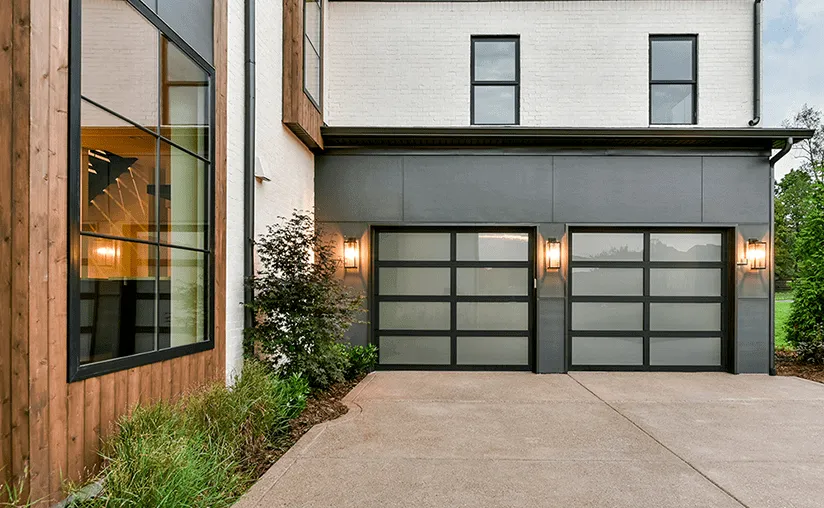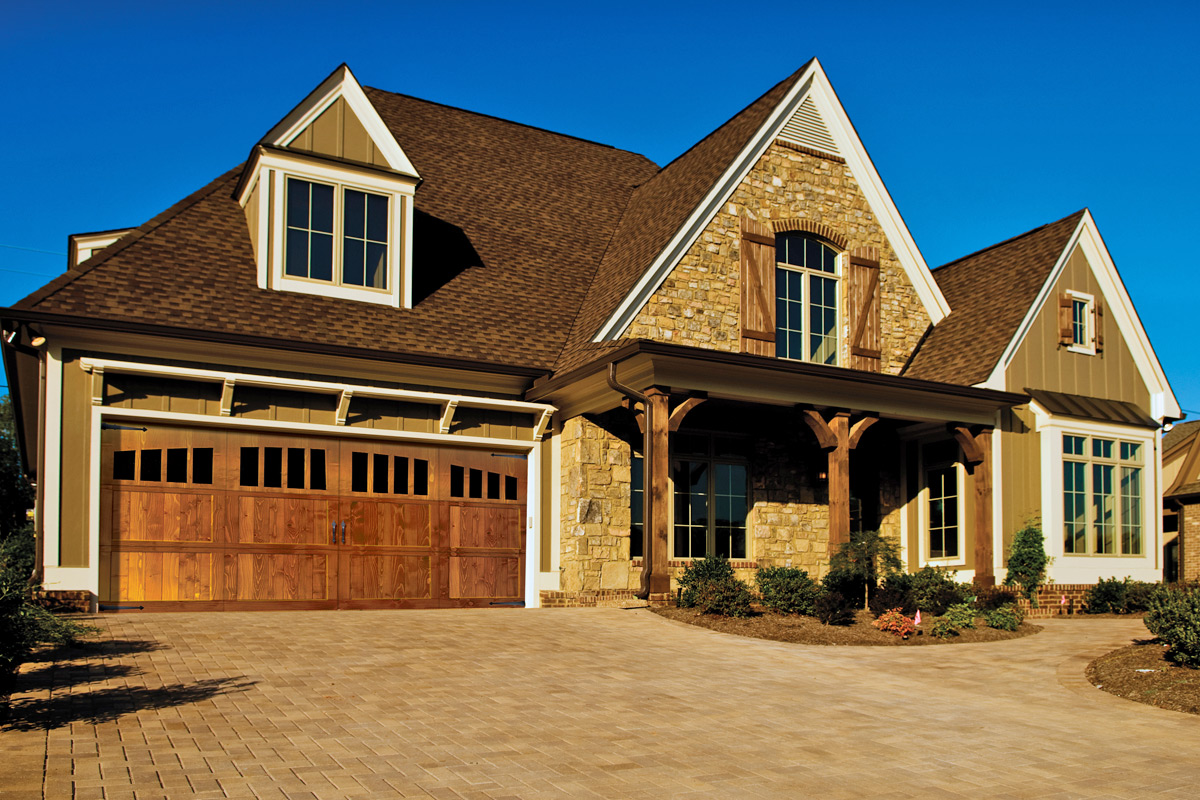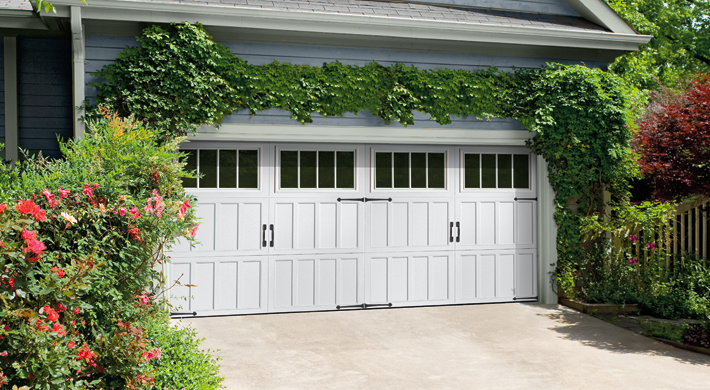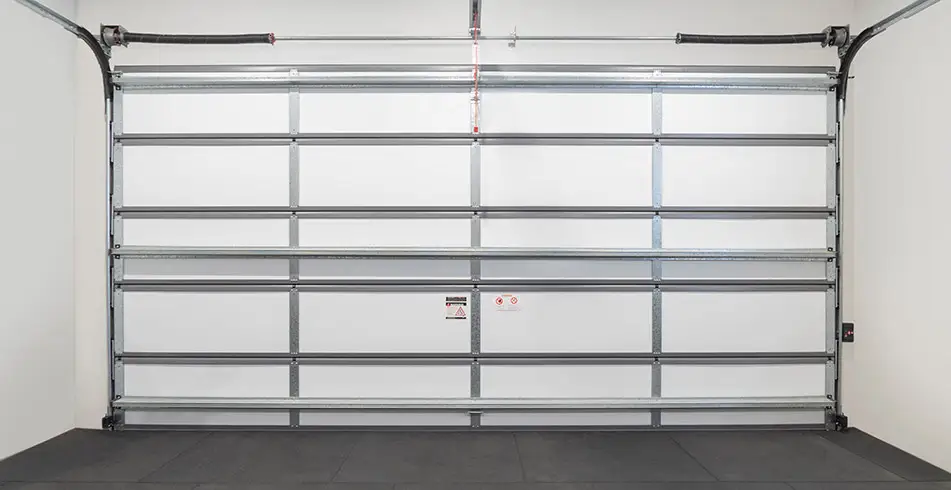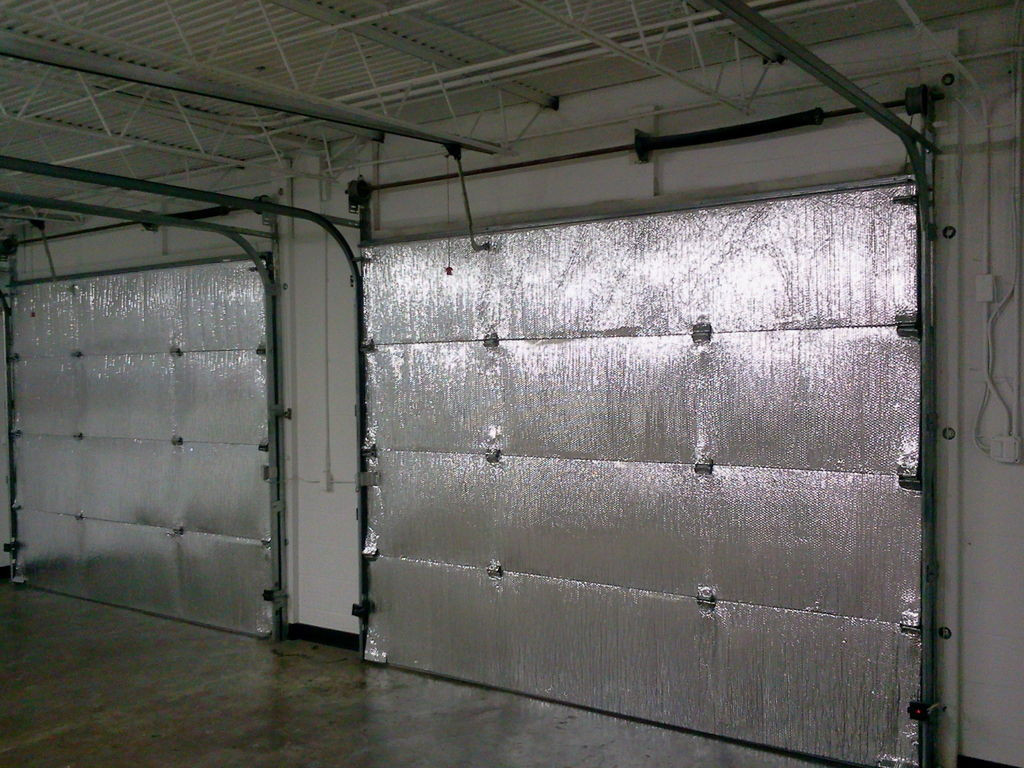Installing a garage door opener can seem like a daunting task, but with the right guidance, it can be a straightforward and rewarding project. In this guide, we will walk you through the steps on how to install a garage door opener, ensuring that your home improvement project is a success. Whether you are a seasoned DIY enthusiast or a first-time homeowner, this article has got you covered.
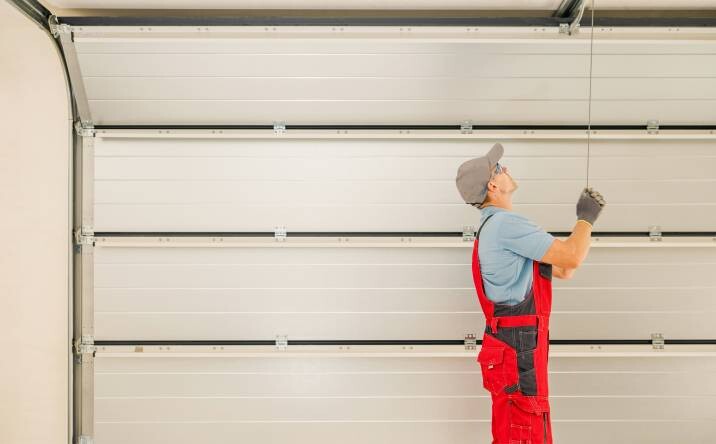
Understanding the Basics
What is a Garage Door Opener?
A garage door opener is a motorized device that controls the opening and closing of a garage door. Most are controlled by switches on the garage wall and by remote controls carried by the owner.
Why Install a Garage Door Opener?
Convenience, security, and efficiency are the main reasons homeowners opt to install a garage door opener. It adds an extra layer of security to your home and makes it easier to access your garage, especially during bad weather.
Tools and Materials Needed
Before starting the installation, make sure you have all the necessary tools and materials. Heres a list to get you started:
- Garage door opener kit
- Stepladder
- Measuring tape
- Level
- Drill and bits
- Socket set
- Screwdrivers
- Pliers
Step-by-Step Installation Guide
Step 1: Read the Instructions
Begin by thoroughly reading the instruction manual that comes with your garage door opener. This will give you a clear understanding of the specific requirements and safety precautions.
Step 2: Prepare the Door
Ensure that the garage door is in good working condition. Check for any damages or misalignment and fix them before proceeding with the installation.
Step 3: Attach the Opener to the Ceiling
Secure the main assembly to the ceiling using the brackets and fasteners provided in the kit. Make sure it is positioned according to the manual and is securely fixed.
Step 4: Connect to the Door
Attach the header bracket to the garage door. Connect the arm from the motor to the bracket, ensuring that all connections are tight and secure.
Step 5: Install the Control Panel
Mount the control panel inside the garage at a height where it is easily accessible. Connect the wires as per the instructions, making sure everything is correctly wired.
Step 6: Test the Opener
Power up the unit and test the garage door opener. Make any necessary adjustments to ensure it operates smoothly and safely.
Troubleshooting Common Issues
Opener Doesnt Work
If your garage door opener doesn’t work, check the power source and ensure that all wires are correctly connected. Replace batteries in the remote if necessary.
Door Reverses Before Closing
This could be due to an obstruction in the doors path or issues with the alignment of the sensors. Clear any obstructions and realign the sensors.
Maintenance Tips
Regular maintenance can extend the life of your garage door opener. Here are some tips:
- Lubricate the chain or screw drive annually
- Check and tighten all bolts and screws periodically
- Test the safety sensors monthly
When to Call a Professional
If you encounter major issues during installation or if the opener requires complex repairs, it may be best to call a professional technician.Common issues
Frequently Asked Questions
What type of garage door opener is best for my home?
It depends on your specific needs. Chain-driven, belt-driven, and screw-driven openers each have their pros and cons.replace door
How much does it cost to install a garage door opener?
Cost varies depending on the type and brand of the opener, as well as labor fees if you hire a professional.
Can I install a garage door opener myself?
Yes, with the right tools and instructions, many homeowners successfully install garage door openers themselves. security garage maintenance.
Conclusion
Installing a garage door opener is a valuable upgrade that offers convenience, security, and efficiency for your home. By following this guide, you can confidently install your garage door opener and enjoy the benefits it brings. Remember, regular maintenance and periodic checks are essential to ensure its long-term functionality.





